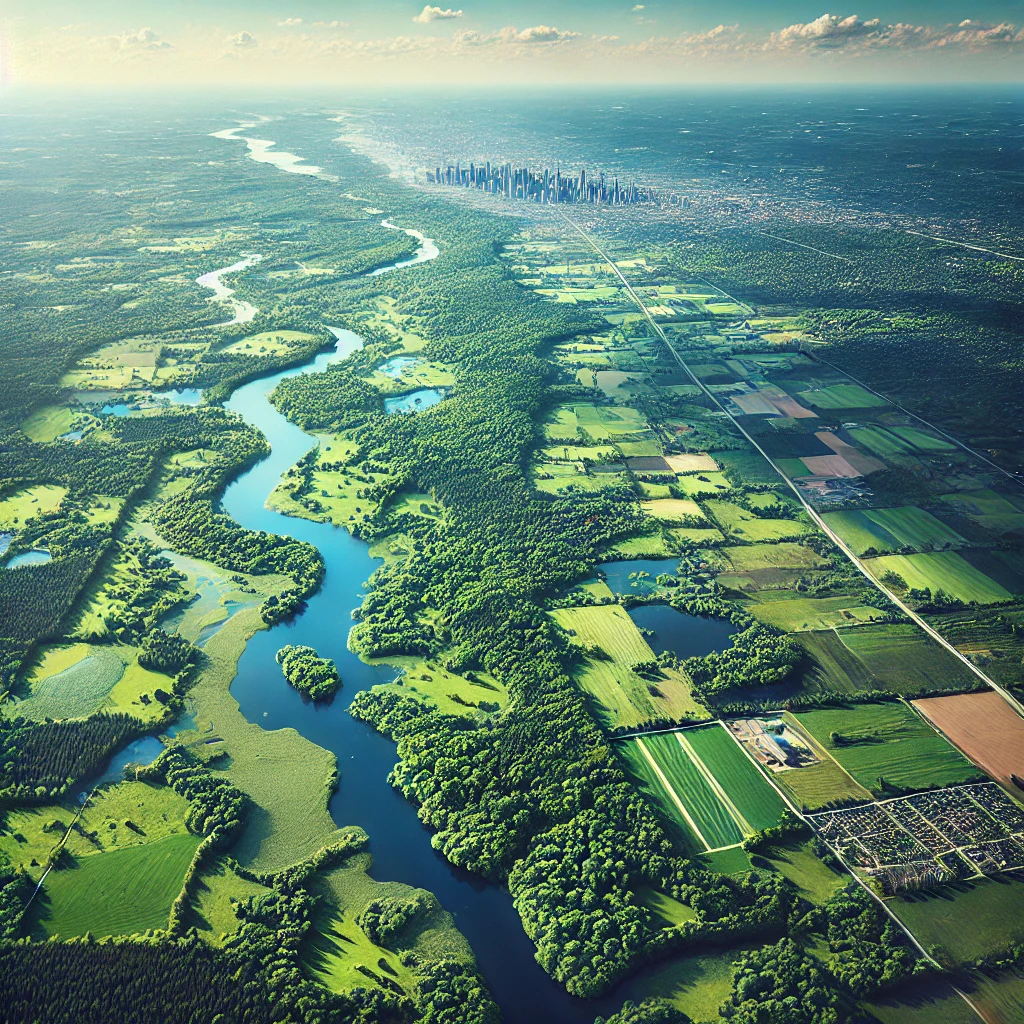Introduction
Ontario’s Greenbelt is a vast expanse of protected land that encompasses over two million acres around the Greater Toronto Area. Established in 2005, the Greenbelt is designed to prevent urban sprawl and preserve farmland, forests, wetlands, and watersheds. This article explores the components of the Greenbelt, including the Niagara Escarpment and the Oak Ridges Moraine, as well as legislative measures such as the Greenbelt Act and the Golden Horseshoe Growth Plan. We will also discuss the implications of these regulations for real estate development, focusing on permits, building restrictions, and the protection of agricultural, ecological, and hydrological features.
The Ontario Greenbelt: An Overview
The Greenbelt is not just a barrier against urban expansion; it is a multifaceted system that supports biodiversity, agricultural productivity, and the ecological health of the region. It includes two significant geological features: the Niagara Escarpment and the Oak Ridges Moraine, both of which play critical roles in maintaining the ecological balance and supporting diverse habitats.
Niagara Escarpment and Oak Ridges Moraine
- Niagara Escarpment: Recognized as a UNESCO World Biosphere Reserve, the Escarpment is crucial for its ecological diversity and its historical and recreational value. It affects real estate development due to its protected status, which restricts certain types of land use to conserve its unique characteristics.
- Oak Ridges Moraine: Known as Ontario’s rain barrel, this area provides clean drinking water to millions of Canadians. The Moraine’s conservation is vital for ensuring water quality and quantity, influencing real estate developments with strict regulations to protect its integrity.
The Golden Horseshoe Growth Plan
The Golden Horseshoe Growth Plan is a framework that manages growth in one of Canada’s most dynamic regions. It works alongside the Greenbelt Plan to ensure that growth is sustainable, focusing on building compact, transit-oriented communities while protecting the agricultural and natural heritage of the region. This plan directly impacts how and where new developments can occur, emphasizing higher density to avoid encroachment on protected areas.
Protection of Agricultural, Ecological, and Hydrological Features
The Greenbelt acts as a guardian for significant agricultural, ecological, and hydrological resources. It helps to:
- Preserve Agricultural Lands: Ensuring that prime farmland is not converted into urban development preserves Ontario’s agricultural productivity and sustainability.
- Maintain Biodiversity: Protecting natural habitats helps maintain biodiversity, crucial for ecological health and resilience.
- Safeguard Water Resources: The policies protect the watersheds and aquifers critical to the region’s water supply, impacting how developments manage water use and conservation.
The Greenbelt Act: Legislation and Impact
The Greenbelt Act provides the legal backing needed to enforce the policies that protect these lands. The Act restricts certain types of developments and requires any proposed changes to comply with rigorous environmental and planning assessments. This means that real estate developers must navigate a complex array of regulations and permits to undertake any construction within or adjacent to the Greenbelt.
Permit Impact and Building Restrictions
Building within the Greenbelt is highly regulated. Developers need to obtain special permits, and their projects must undergo environmental impact assessments. These restrictions help ensure that any development is sustainable and does not adversely affect the protected areas. Consequently, the real estate market in regions adjacent to the Greenbelt may see increased pressure as developers seek areas with fewer restrictions.
Conclusion
The Ontario Greenbelt is a vital environmental asset that has a profound impact on real estate development in the region. By enforcing strict protections and building requirements, it not only preserves the natural landscape and biodiversity of Ontario but also dictates the terms of regional growth and development. For real estate professionals and developers, understanding the implications of the Greenbelt and its associated plans is essential for navigating the market and planning future projects effectively. As Ontario continues to grow, the balance between development and conservation remains a critical challenge, with the Greenbelt at the heart of this dynamic.



